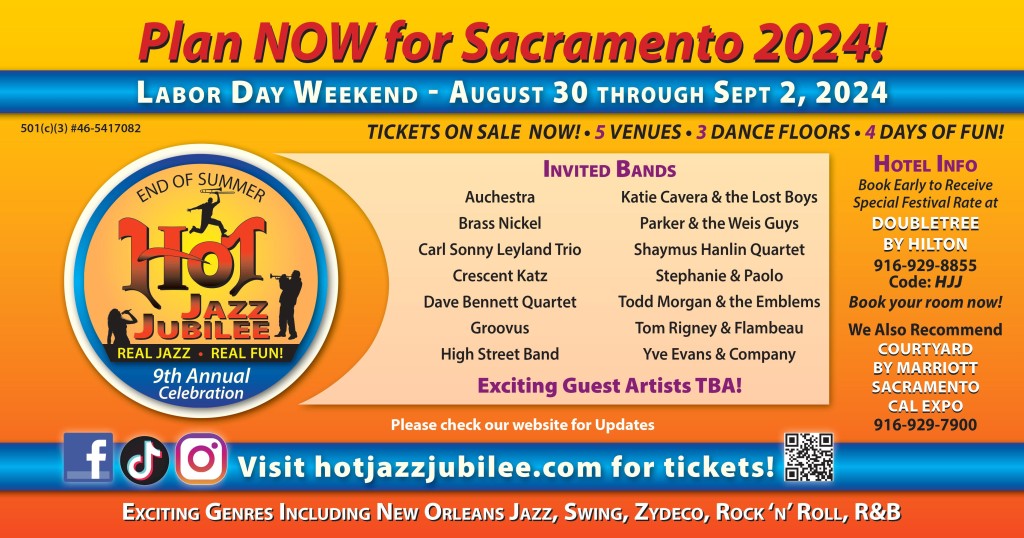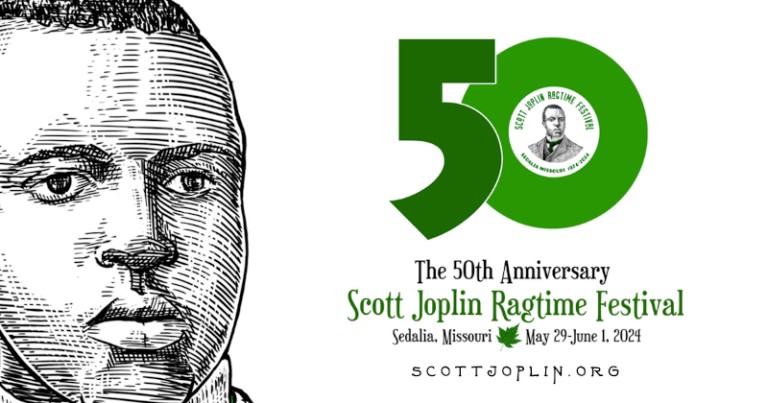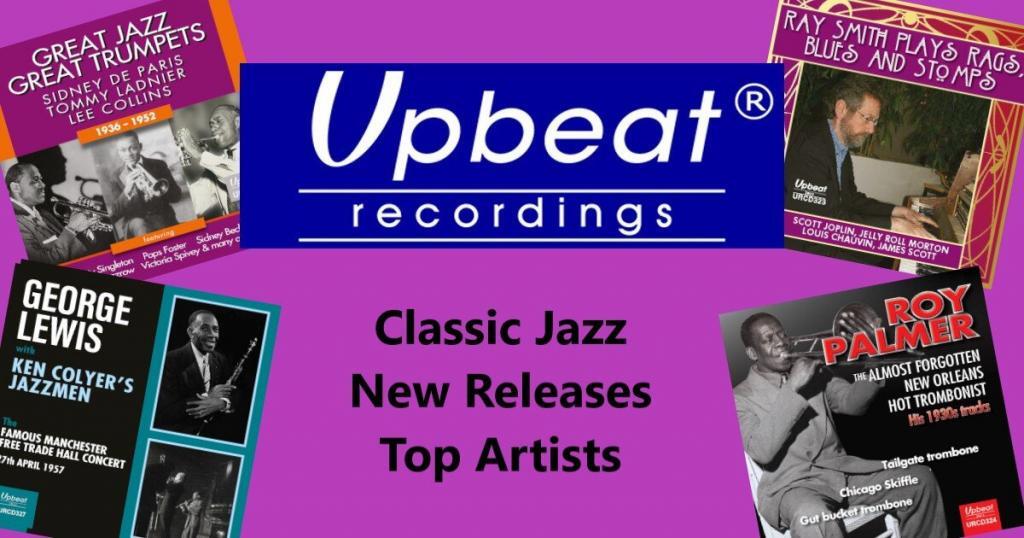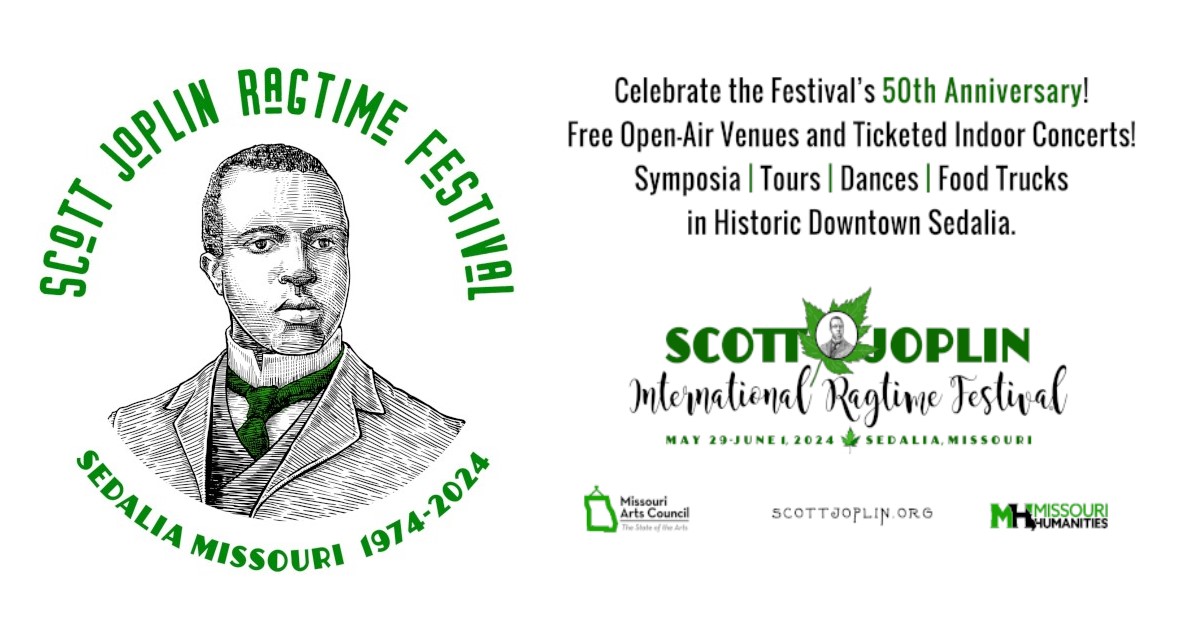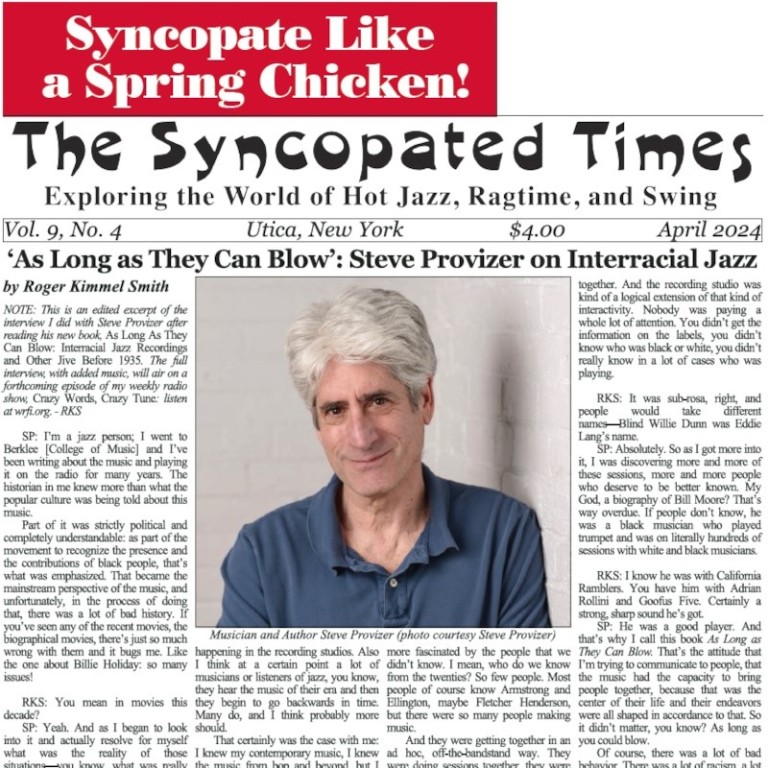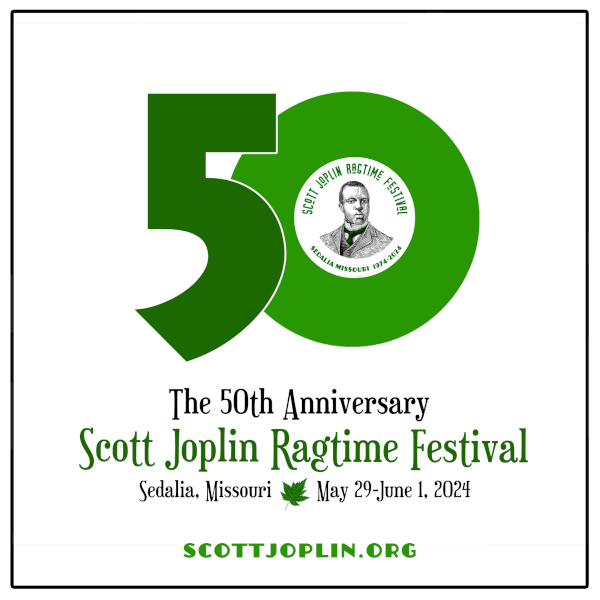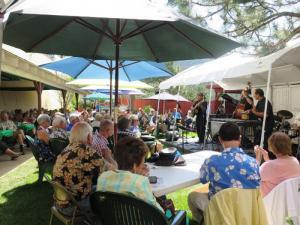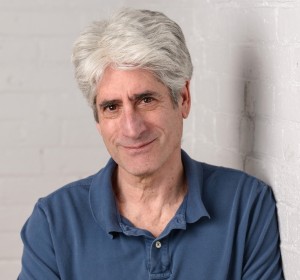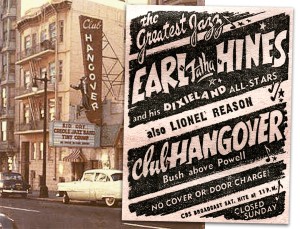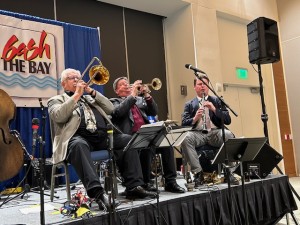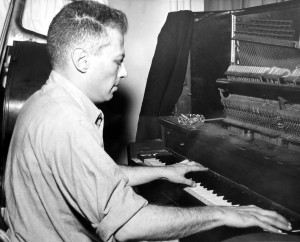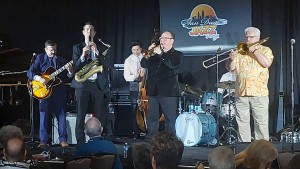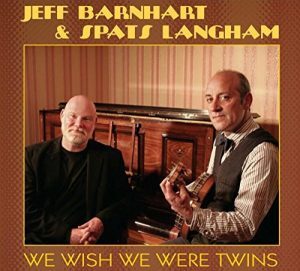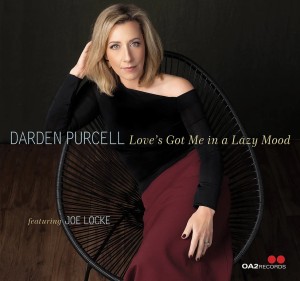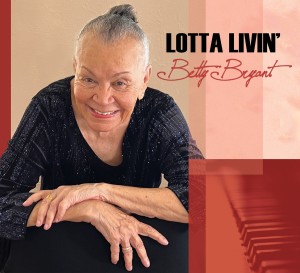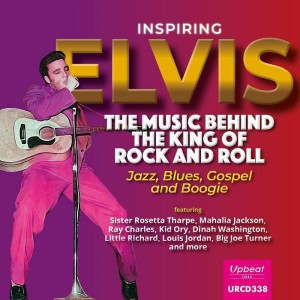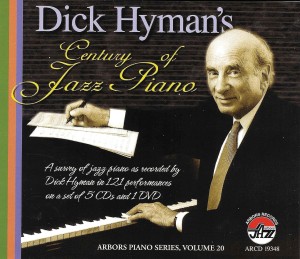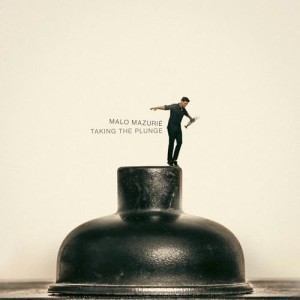With many thousands of jazz concerts, festivals, and workshops worldwide, the passion for jazz has never been greater. That passion is shared by listeners and musicians in every age group and at every socioeconomic level. Consider how many strong jazz programs exist in the United States alone at both the secondary and college levels. And both serve one another by providing high school jazz students to the colleges and the colleges reciprocate by providing both band directors and workshops for the high schools. It works!
How long has this been going on? The interest has certainly been there for almost a hundred years; admittedly, there were few if any high schools with jazz programs then. In the early years of jazz in the last century, young people didn’t have the special opportunities offered today. Louis Armstrong quit school in New Orleans to support his family and did so by singing on street corners, selling newspapers, and delivering coal. When he shot a gun off on New Year’s Eve in 1912 (as is the local NOLA custom), he was incarcerated at the Waif’s Home where his interest in music was rewarded by his music teacher, Peter Davis. Davis recognized his raw talent and taught him to play a “bugle cornet” and to read music. After 18 months at the Home, he left, knowing he wanted to make music his career.

A century later, New Orleans-born Ellis Marsalis, Jr. had a similar experience (though it didn’t include incarceration). Unlike Louis, Ellis’ family life was healthy. His father, Ellis, Sr., encouraged Ellis, Jr.’s interest in contemporary jazz, and before long the younger Marsalis (who began on tenor sax) was pianist with the likes of Nat and Cannonball Adderly and Al Hirt. Of Ellis’ six sons, Branford, Wynton, Delfeayo, and Jason are also jazz musicians. Ellis III is a poet, photographer, and network engineer based in Baltimore. Their father has been a leading jazz educator at the New Orleans Center for Creative Arts (now the Ellis Center for Creative Arts), Xavier University, and the University of New Orleans. In addition to working closely with his four sons, Ellis also influenced a few other New Orleans musicians: Terence Blanchard, Harry Connick, Jr., and Nicholas Payton.
A teacher at the Waif’s Home and a father with impeccable jazz credentials made the difference for Louis and for the Marsalis family. Most jazz students today have been influenced by relatives, friends, or their band instructors—all people who love jazz. And some students more readily discover jazz on their own, especially through recorded music. (Today the internet, particularly through YouTube, provides instantaneous free access to all the greatest jazz performances ever recorded.) I met Ellis Marsalis at the Notre Dame Collgiate Jazz Festival where he was one of the judges, and at Notre Dame the judges usually were the highlight of the festival when they played for the crowd.
Talking with Ellis then, it was clear that jazz was his prime mover and it’s obvious that his sons inherited that love.
Almost all students now interested in playing jazz will have the opportunity to follow their passion through music programs in school. Throughout the country, most middle and high schools have a jazz program. In some cities, like Elkhart, musically-inclined elementary students are not discouraged even if they can’t afford an instrument; one will be provided at no cost to them. For the talented high school jazz band student, scholarships are often available from college jazz programs, either locally or farther away.
Within an hours’ drive of my home in Syracuse, Indiana, I can hear several college bands that really swing. In fact, Indiana has 26 college and university top-rated jazz programs. That’s just in our institutions of higher learning. Several hundred Indiana public middle and high schools and private schools would suggest that there are many, many jazz programs in the Hoosier state. It’s difficult to enumerate how many programs there are in this country (or, for that matter, the world) but a good guess would be in the thousands. Is anyone counting?
Our national Jazz Educators program makes a huge contribution to academic music programs in terms of information and guidance. Consider, too, that the “ghost” bands of Count Basie and Tommy Dorsey, as well as several others, are regularly touring the world and being received by huge crowds. The Dorsey band, for example, has made two international tours (mostly in the Eastern Hemisphere: Australia and the Philipines) and two cross-county tours in the past three years. And hundreds of cities in the United States have one or more swing bands. For those who consider jazz on its death bed, think about this: No one has ever had as much jazz as we have today. No one!
There’s a whole lot of jazz going on out there, folks, and we have plenty of room for the young ones to join the fun. When they’re young, share some live concerts with them—and, who knows, you might be going to hear them soon enough. Encouragement helps!
